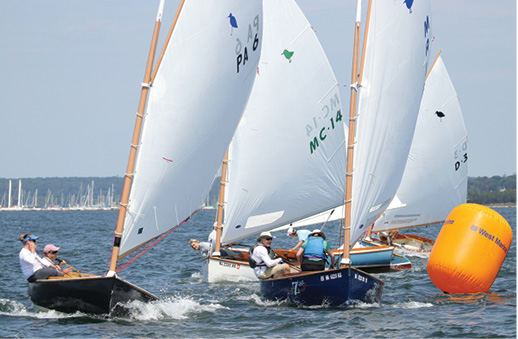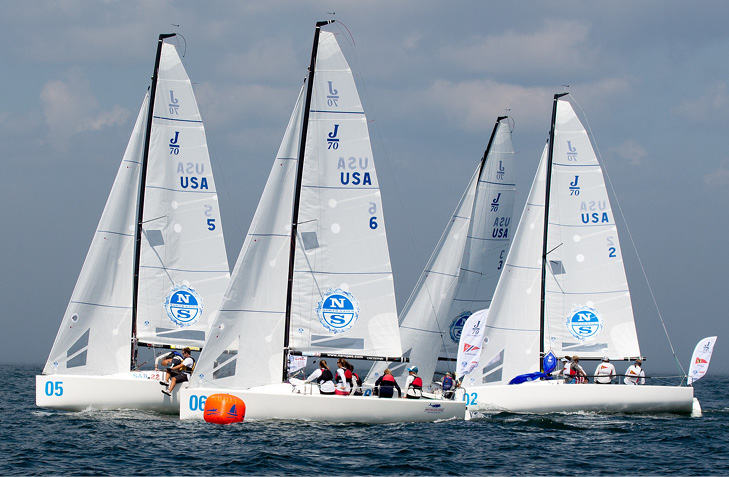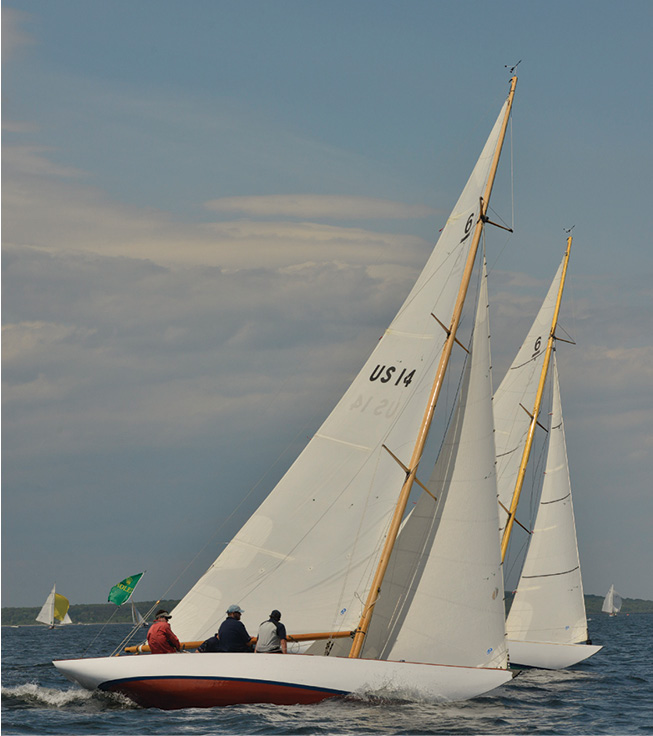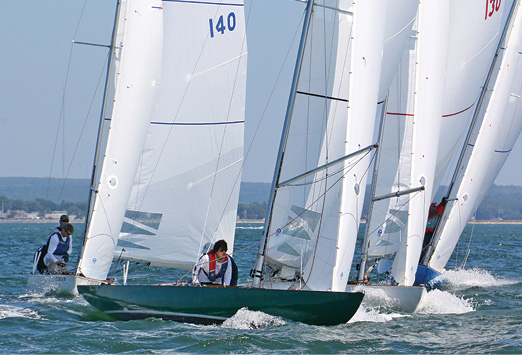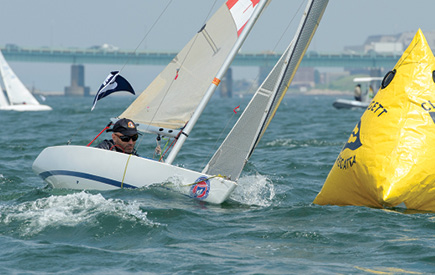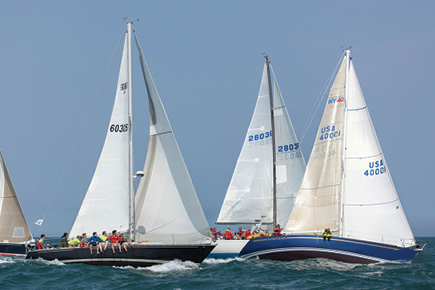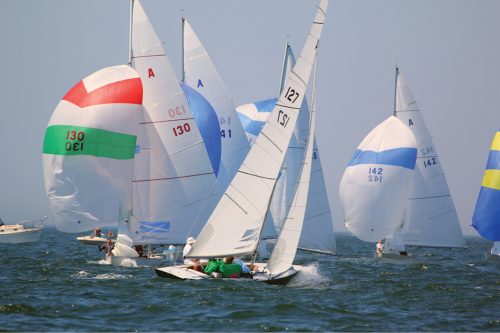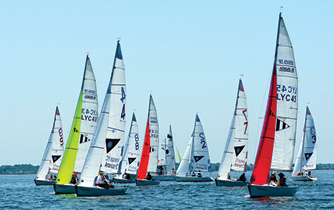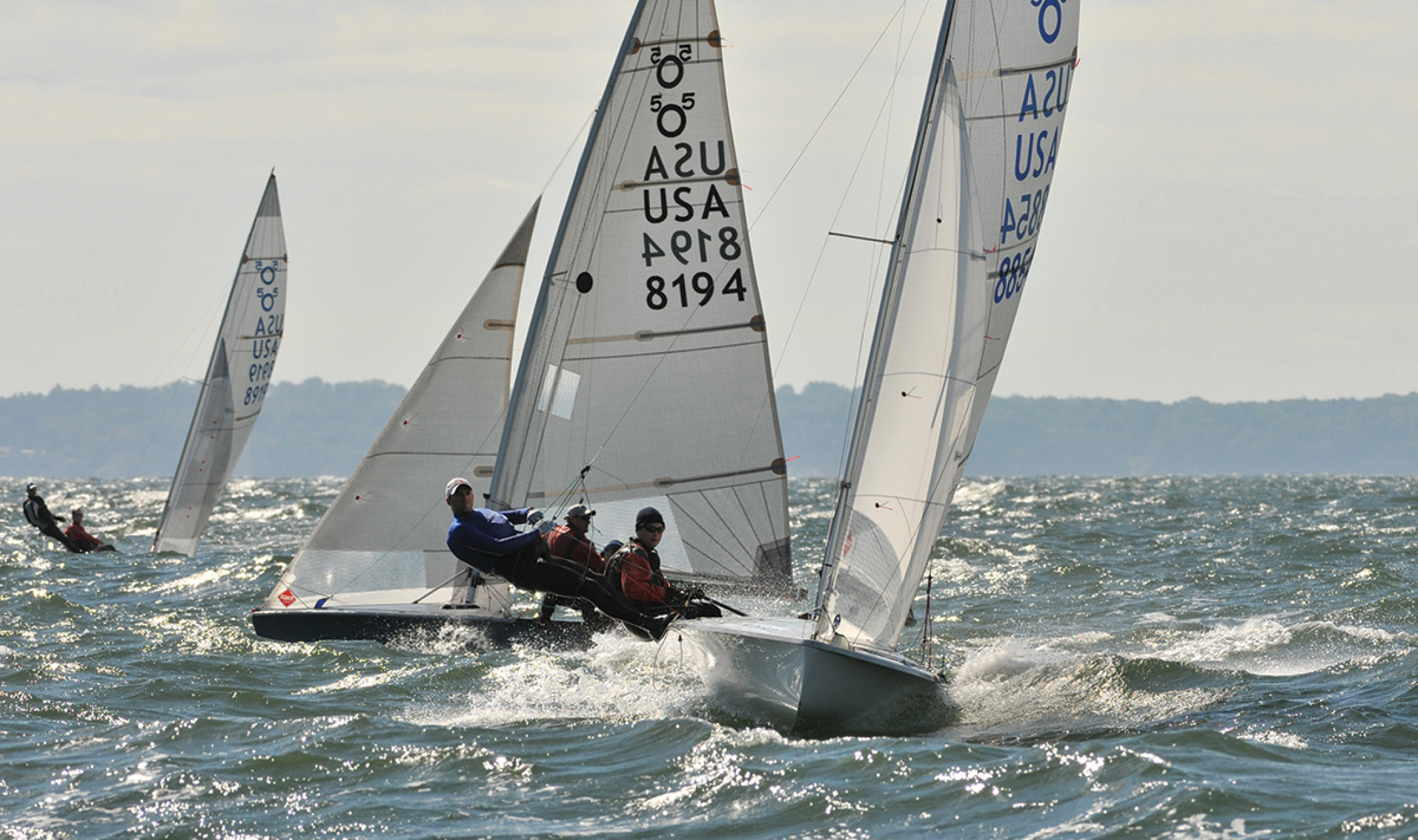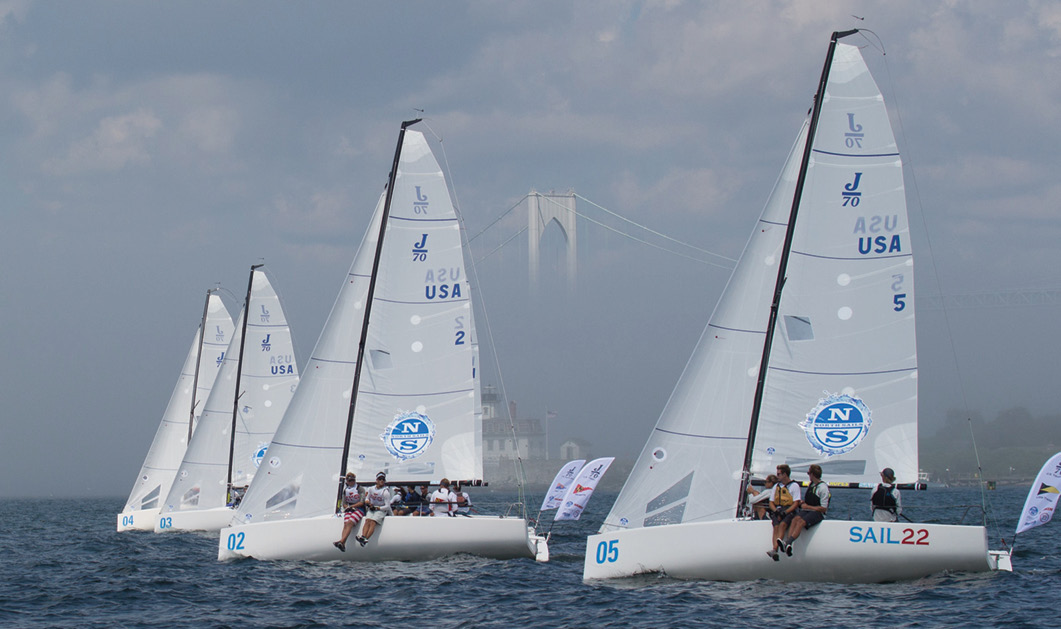Up to Speed & Smarts with Dells
Evaluate the Current Flow
Another important factor in any pre-start strategic plan is the current. First you must observe and get an accurate picture of how the current is flowing across the course area. Then you have to figure out how this affects your strategic plan. Collecting current information Just as you must gather wind data before the start, you have to collect information about the set (direction) and drift (speed) of the current. • Before you leave the dock, look…

